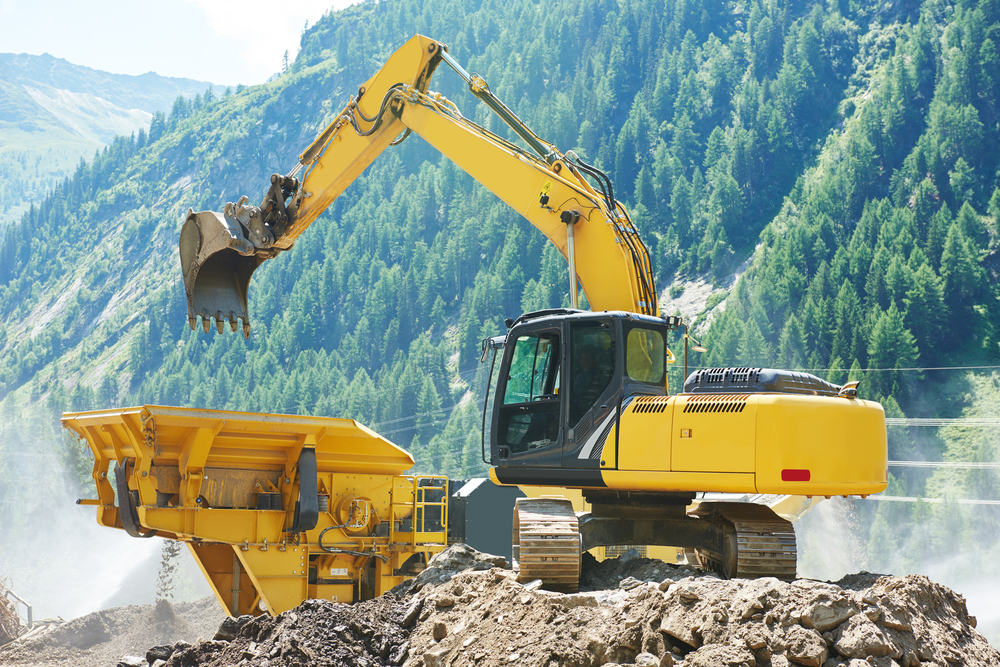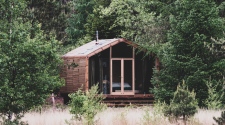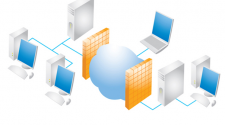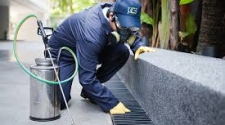When using rented equipment, there are some clear do’s and don’ts that can help you optimize your spending, reduce liabilities, and accomplish your project on time. To achieve these, you would need to plan ahead, know the details and requirements of your project, and follow through with the rental contract you’ve signed.
Here are some do’s and don’ts when using rented equipment:
Do’s When Using Rented Equipment
- Research the Rental Equipment You’ll Need and Where to Get It
As the person handling the project, only you would know what requirements you would need. While most rental company workers are knowledgeable about the equipment they have on hand, they don’t know the requirements of the home improvement or repair job you’re working on. Knowing the scope of the project and other details would allow you to pinpoint the correct equipment and tools to rent.
After coming up with a list of equipment to rent, you should research on rental companies to compare pricing, quality, and logistical issues like delivery. Price with respect to quality is especially important. It makes the difference between deciding to rent equipment versus just buying the equipment for yourself.
Research also allows you to compare quality. The equipment you rent should be well-maintained and services, so it doesn’t break while you are working on your job.
- Know the Details of Your Rental Contract
Don’t be afraid to ask questions. Read through the packages and written agreements to establish billing policies and delivery periods. In most cases, rental period can be pretty flexible. But you still need to know policies one extension in order to avoid additional costs. By knowing the details of your rental contract, you can maximize your use of the equipment without worrying about late fees or liabilities in the event of damage.
- Place Your Order Early
While rental companies keep a lot of equipment in stock, there can still be limited supply especially at peak times of the year. If you are planning to trim your garden or do some heavy hardware work at the house, set a date and plan accordingly. You can place your order early and just make changes as you go along if needed.
- Ensure Proper Safety Precautions
Lastly, ensure that you know the basics of safety. This is especially important for people with no experience handling DIY jobs. Research how to use the rented equipment and make sure to read the operator manual. Again, don’t be afraid to ask questions for more safety precaution tips and user guidelines.
Don’ts
- Use the Equipment Improperly
It’s true that not everyone is trained in handling equipment. However, anyone can take necessary precautions like research, reading the manual, and so on. Rented equipment and tools tend to be expensive, so you need to know the ins and outs. Aside from reducing the chance for damage, proper usage will also ensure your safety.
- Overextend the Equipment
Know the limits of the equipment you are renting. For example, some power tool settings run only on certain levels of fuel or power. The electric equipment you rented might require a specific voltage to operate, or the pruning equipment you got might be designed to cut only through certain widths. Ensure you know the technical limits of the equipment to prevent overextending and breakage.
If you have any more questions on how to handle rented equipment, don’t be afraid to ask your trusted rental company!
Written by Lindsey Rentals. Lindsey Rentals offers the best equipment rentals in Columbia, MO.
















